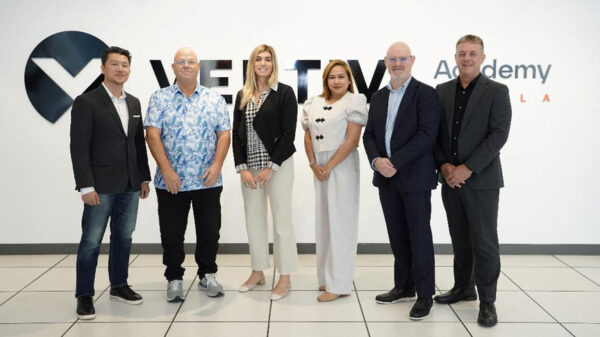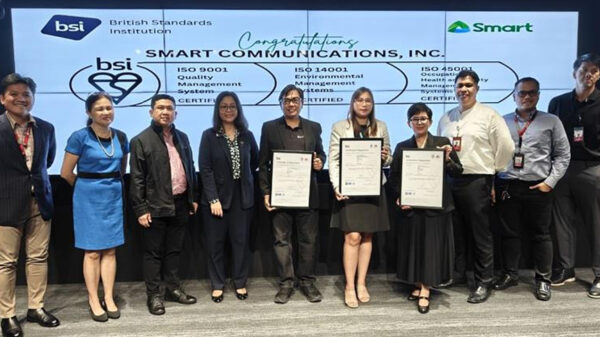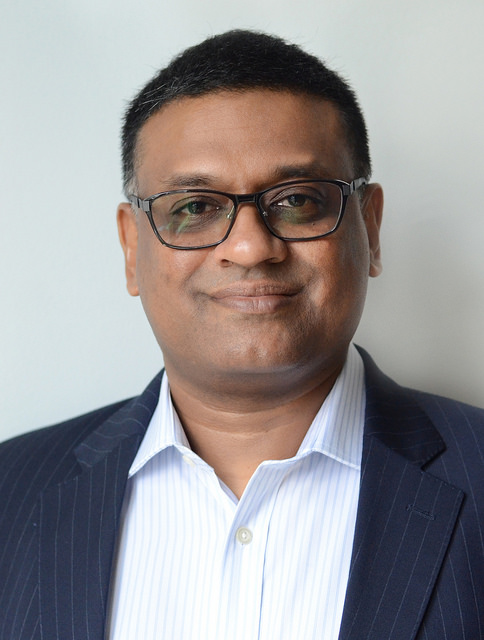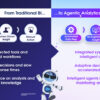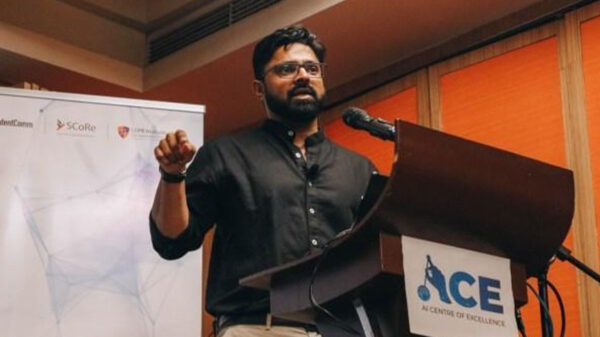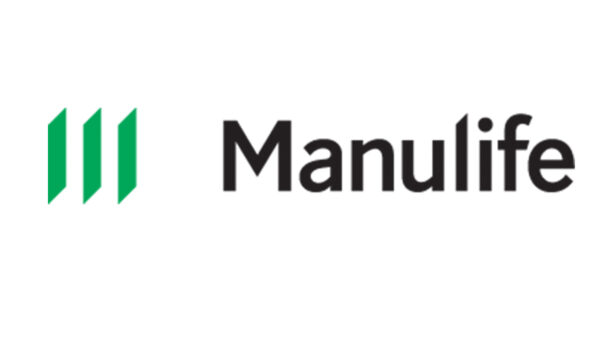By Bernard Solomon, Head of Applications, Malaysia & Head of Human Capital Management (HCM) Applications, ASEAN
The current economy is service-driven. To win and stay competitive in the market, organizations must take care of two: customers and employees. However, in a landscape that is shaped by competitive pressures, talent scarcity and workforce demographic changes, retaining talent and providing them the right skillsets to ride the digital wave, can be a challenge.
Today, modern human resources (HR) applications can help by providing employees a way to interact with organisations that is rewarding and even fun. By emphasizing company-wide competitions, media sharing, and the curation of an employee profile, it is easier for employees to make satisfying connections using their smartphones. In this technically advanced environment, streamlined HR processes and social tools provide easy access to business insights. In turn, it can help organisations retain employees who are equipped with valuable skillsets and experience. This all leads to a win-win situation – employees will be more productive and can focus on making customers happy.
Here are the top three technology trends that can potentially shake up HR in 2018.
Trend 1# Artificial Intelligence & Machine Learning
HR can now ‘leave it to the machines.’ Artificial Intelligence or fondly known as AI, will help enable a dramatically smarter, faster, and more responsive HR function. To quote Reggie Bradford, senior vice president of product development at Oracle, ‘ironically, machines will help human resources feel more human and personalized—from recruitment to employee engagement and education.’
AI-based technologies are impacting every business function today, including HR, and this will only continue to advance. Think about sifting through thousands of résumés and millions of social and digital conversations for recruiting purposes; that doesn’t scale at the human level. But AI tools can complement humans and make that process immeasurably more effective.
AI technologies are behind the scenes mining data 24/7. HR can uncover incredible information that they might not have even known to look for. It can help in identifying hiring patterns, driving employee engagement, building better education programs, spotting trends in sick days and turnover rates, and much more.
Think of the laborious process of scheduling interviews and juggling multiple calendars—AI can automate that. Chatbots can help with ongoing engagements throughout the recruiting process. An engaging bot that learns from each interaction can help that process be much more personal and rewarding. According to Reggie, the technology will also be able to help evaluate and assimilate softer areas such as cultural fit; create more team chemistry and cohesion; and evaluate for tenacity, business acumen, and critical thinking—all of which today are more-subjective criteria.
We are just scratching the surface around the potential for AI—in our businesses and personal lives. Consider chatbots, newsfeeds, conversational interfaces, data-mining tools, location-aware technologies, search engines, smart appliances, and self-driving cars. AI is being used to help automate tasks, predict outcomes, and in general transform our lives and our businesses for the better.
Trend 2# Focus on Predictive and Prescriptive Analytics
In the past, HR primarily supported the transactional side of workforce management. But now, businesses need to also address more-strategic demands—by providing insight that ties together workforce performance and planning. Today’s HR solutions can deliver quality information for analysis before changes are made, so organizations benefit from consistently better talent decisions.
HR departments today have a wealth of information at their fingertips: data on employee performance, on boarding, recruiting campaigns, and much more. According to Gretchen Alarcon, Group Vice President, Human Capital Management (HCM) Strategy at Oracle, many would assume this knowledge would translate to the power to understand HR performance, validate decisions and make smarter decisions for business. However, this is not necessarily true. Although many executives are comfortable managing and interacting with data, most of them do not truly understand how to use this data to make smarter, more strategic decisions and experiences.
Imagine being able to show how employee productivity and engagement affect bottom-line sales, or determine whether learning program affects how long an employee stays with the organisation. Imagine being able to predict and prevent employee turnover. Mature analytics practices can link HR decisions to business results, which means HR will play a more central role in strategic business conversations.
When HR can access, aggregate, and draw conclusions from disparate sources, data turns into powerful insights for the entire business. These can help HR have more productive business discussions and implement more effective solutions. This is beyond entry-level analytics –known as predictive analytics. Gretchen adds that by embracing advanced analytics, businesses can get a glimpse into what may be ahead for them and how to address potentially detrimental developments. For example, how will changing the compensation strategy impact performance? Or which employee might be leaving the company soon?
Another trend organizations are starting to embrace is prescriptive analytics, which help people uncover recommendations and solutions from the data they analyze. Therefore, in addition to identifying a pool of employees who are likely to leave over the next year, businesses will [MM4] also able to identify actions they can take to address the situation quickly and efficiently.
Trend 3# Technology Revolutionizing Workplace Wellness
Using technology once meant sitting down at a desktop computer. But today, we use more types of technology naturally and constantly, from the fitness tracker on our wrist to the home security system connected to our smartphone. The next generation of technology is being designed to inform our decisions and simplify our activities, and to be invisible and ubiquitous in our lives.
We observed that wellness in the workplace is a huge and growing trend these days.
With the elderly living healthier lives, they can work longer and save more for retirement, reducing the burden on pensions and public resources. As labor markets get squeezed with fewer young workers available to support retiring workers, businesses can play a big role by investing in their workers’ health. Wellness programs can produce healthier employees of all ages, boosting productivity and reducing costs as workers age.
I’m a firm believer that a healthier employee is a happier employee. [SA9] Companies that seek to compete and win in the marketplace by creating great employee experiences can provide their employees with wellness benefits that leverage games, competition, social media and mobile apps. Employers are turning to technology as a tool to monitor, promote and reward their employees’ achievements. At the same time, implementing such programs will help to build a corporate culture and nurture employee loyalty.
When it comes to wearables and connected devices, we are also exploring the capabilities of integrating with smart watches, such as the Apple Watch beyond the usual fitness tracking. We are using it allow workers in the field to track their hours based on geolocation. To quote an example by Mike Prizament, director of product marketing for Oracle’s HCM Cloud Business Group, when a technician arrives at her assigned location, her watch will automatically identify the location and start tracking hours worked, in sync with the time and attendance module in Oracle HCM Cloud. And when she leaves, the timer stops and the time worked is logged.
What’s Next? Turn to Technology First
Technology—including social collaboration—has helped make talent management systems more efficient. A solution that’s fully integrated with core HR processes changes the approach to talent management. Improving the efficiency of individual talent processes and integrating them into a single platform (and a single dashboard) simplifies the job of HR.
An integrated HR system can also provide insight for the rest of the business—all in alignment with business strategies. By integrating data and processes so as to align data points for analyzation, CHROs will gain the insight to make more well-informed decisions.

